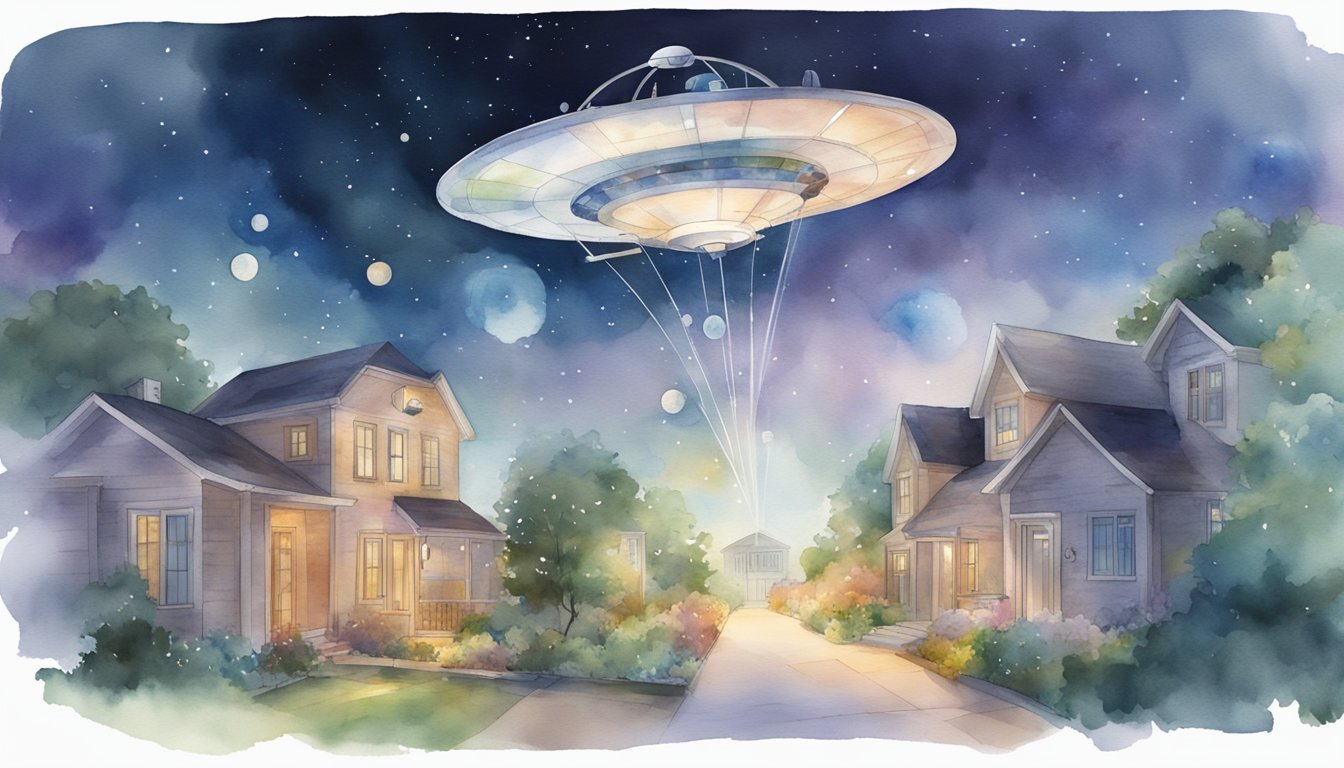Understanding Satellite Views
Satellite views provide an unprecedented perspective on our planet, offering detailed imagery from high above Earth that allows anyone to zoom in on specific addresses, observe weather patterns, assess environmental changes, and much more.
Satellite Imagery and Its Applications
Satellite imagery refers to photographs of Earth or other planets taken from orbiting satellites. For instance, organizations like NASA utilize NASA polar-orbiting satellites such as Terra and Aqua, equipped with sophisticated sensors, to capture a wide array of images. These photos show everything from the density of urban infrastructure to the vibrant hues of blue clouds covering parts of the Earth. Terrific advances in imaging technologies have nurtured services like Google Earth, which amalgamate satellite imagery and allow users to explore HD satellite views of any location, zooming right down to view individual street addresses.
The imagery from satellites can be used practically for urban planning, agriculture, disaster response, and environmental conservation. Additionally, the Global Imagery Browse Services (GIBS) provide quick access to over 900 satellite imagery layers, which include past and present images that help track long-term trends. Moreover, the dynamic nature of our planet is highlighted at night when satellites pick up the twinkling of city lights around the globe.
Real-Time Satellite Viewing
Real-time satellite viewing is less about seeing live events unfold and more about accessing recent imagery that gets updated periodically. It’s fascinating to note that despite the common belief, truly live satellite images are not typically available due to the considerable amount of data processing involved. However, agencies and services offer images that are updated with minimal delay. For example, NOAA GOES, JMA Himawari, and EUMETSAT Meteosat satellites send back images of weather systems every few minutes to provide near real-time views that can be incredibly informative for meteorologists and the public alike.
Through platforms such as Zoom Earth which utilises HD Satellite Map, users can observe high-definition images updated daily, offering a much recent snapshot of our world. These capabilities make it possible to track weather events as they happen, analyze environmental changes, and even explore recent views of one’s own address from above.
Satellite views, both archived and up-to-date, have vastly expanded humankind’s ability to monitor and understand the Earth from a vantage point that was once unfathomable.
Interactive Features and User Engagement

In today’s digital age, satellite views of locations are complemented by interactive features that significantly enhance user engagement. By integrating real-time data and community collaboration into interactive maps, these tools offer more than just visuals—they become a dynamic interface for exploration and connection.
Engaging with Weather Data
Interactive weather maps are an essential tool for anyone looking to obtain up-to-the-minute information on weather conditions. These maps display current weather, including details on rain, wind, temperature, and pressure. They often feature overlays for tracking severe weather events such as hurricanes, storms, and wildfires, integrating data from reliable forecast models like DWD ICON and NOAA/NCEP/NWS GFS. For instance, a Zoom Earth HD Satellite Map provides updated satellite imagery that can showcase storm evolutions or heat spots indicative of wildfires. Furthermore, these maps offer access to radar maps that track precipitation, including RainViewer, which displays live rain radar information, allowing users to see the progression of rain or snow in their area.
Connecting with the Community
Satellite view platforms often include features that encourage community engagement. For example, many have a mobile app available on the App Store or Google Play, which facilitates on-the-go access and interaction. Users are encouraged to connect by scanning a QR code or using a contact form on the site to submit comments, questions, or suggestions. Social media platforms like Facebook and Instagram can be integrated, allowing users to join threads or share their unique satellite map findings. This participatory approach provides an avenue for individuals around the globe to connect over shared weather experiences or location-based discoveries.

